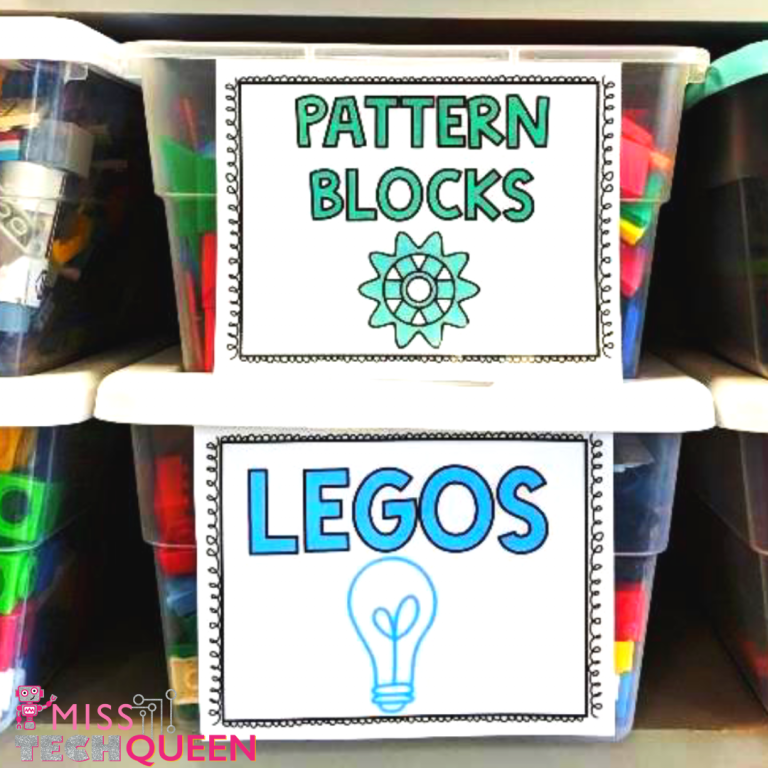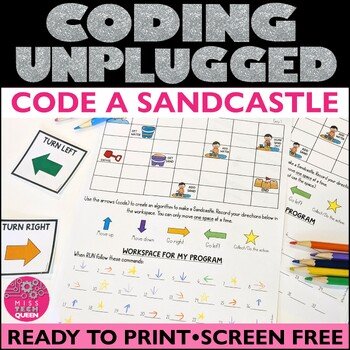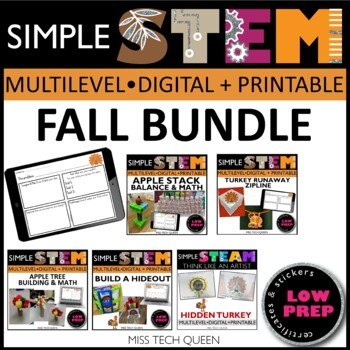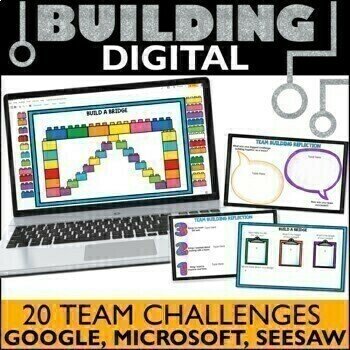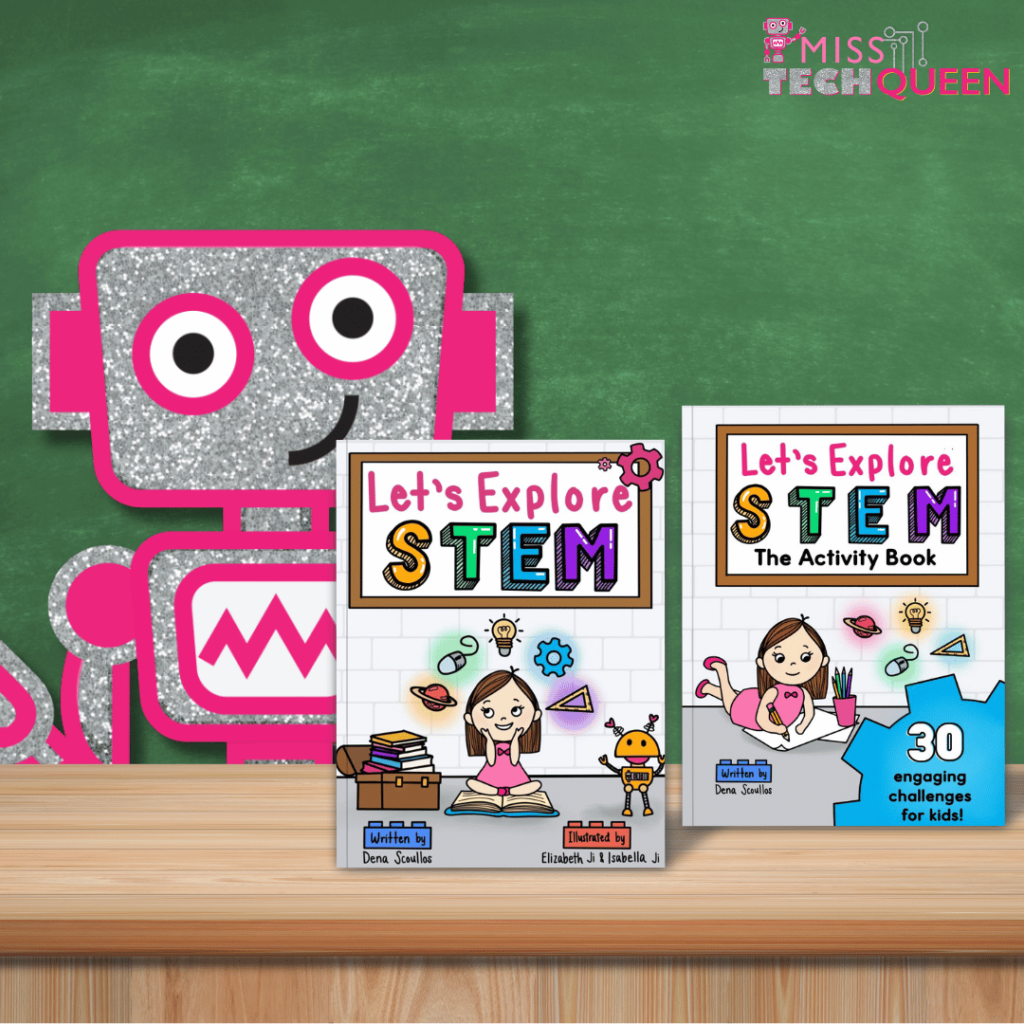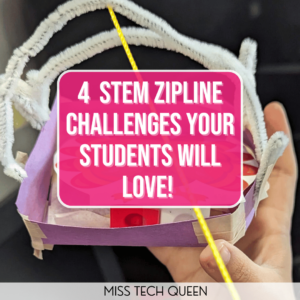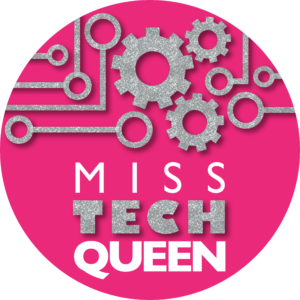
Empowering New STEM Teachers: Getting Started with STEM in the Classroom
In today’s rapidly evolving world, Science, Technology, Engineering, and Mathematics (STEM) have become critical components of education. As a new teacher, navigating the realm of STEM in the classroom might seem daunting, but fear not! I’m here to share all I’ve learned with you. By embracing STEM education, you can create an engaging and interactive learning environment that prepares students for the challenges of the 21st century. Let’s take a look at some of my favorite STEM materials, how I organize those materials, and even some incredible STEM challenges you can use in your classroom today!
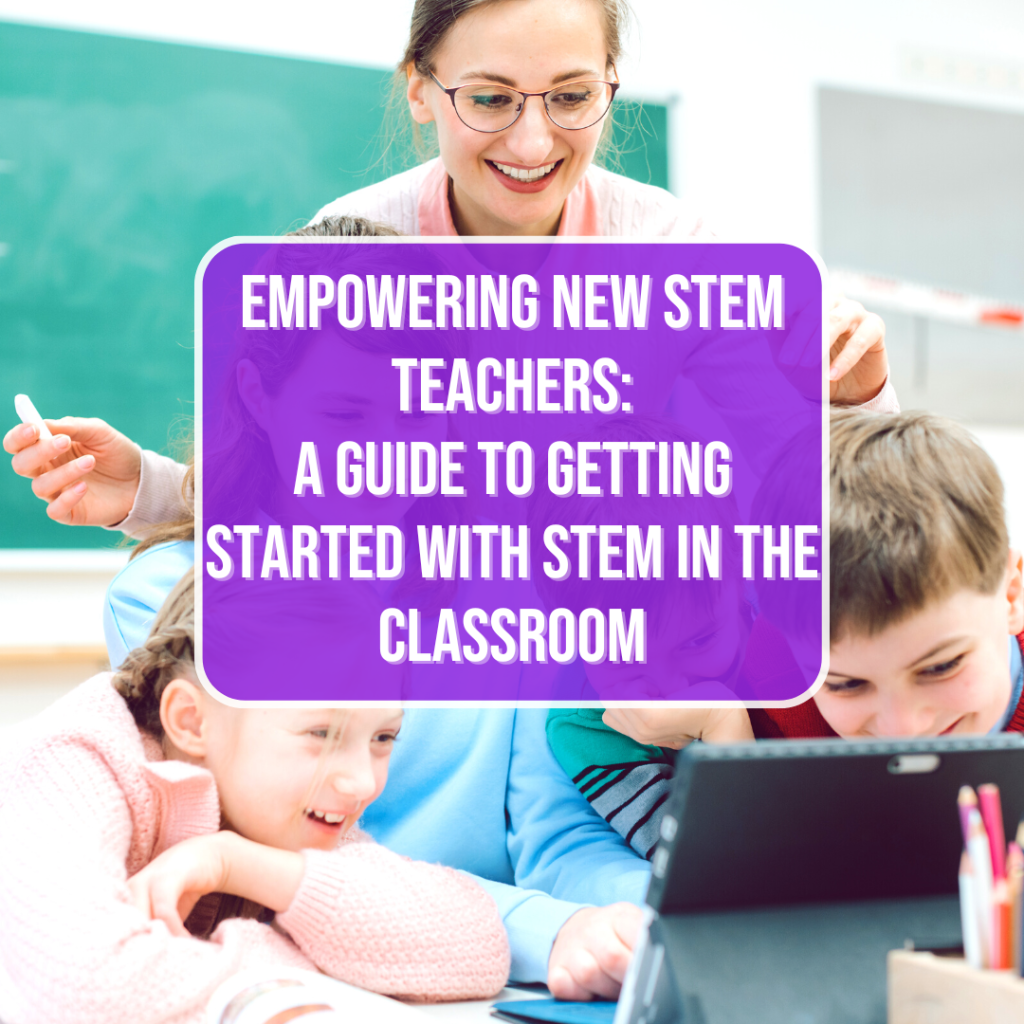
What is STEM in the Classroom
So, what is STEM in the classroom? STEM learning in the classroom is all about the integration of science, technology, engineering, and mathematics to solve real-world problems. It fosters critical thinking, creativity, collaboration, and problem-solving skills among students. And. . . you can do all these things with fun and exciting activities that feel game-like.
Whether you are a new STEM or Makerspace teacher or a classroom teacher wanting to incorporate STEM into your classroom I’ve got you covered. Everything you need to get started as a new STEM teacher is here!
How do I get Started?
When you are getting started with STEM in the classroom, it’s important to embrace a growth mindset not only for yourself but also for your students. Encourage them to view challenges as opportunities for growth and development. This mindset will create a positive and supportive classroom atmosphere where students feel comfortable exploring new concepts and taking risks.
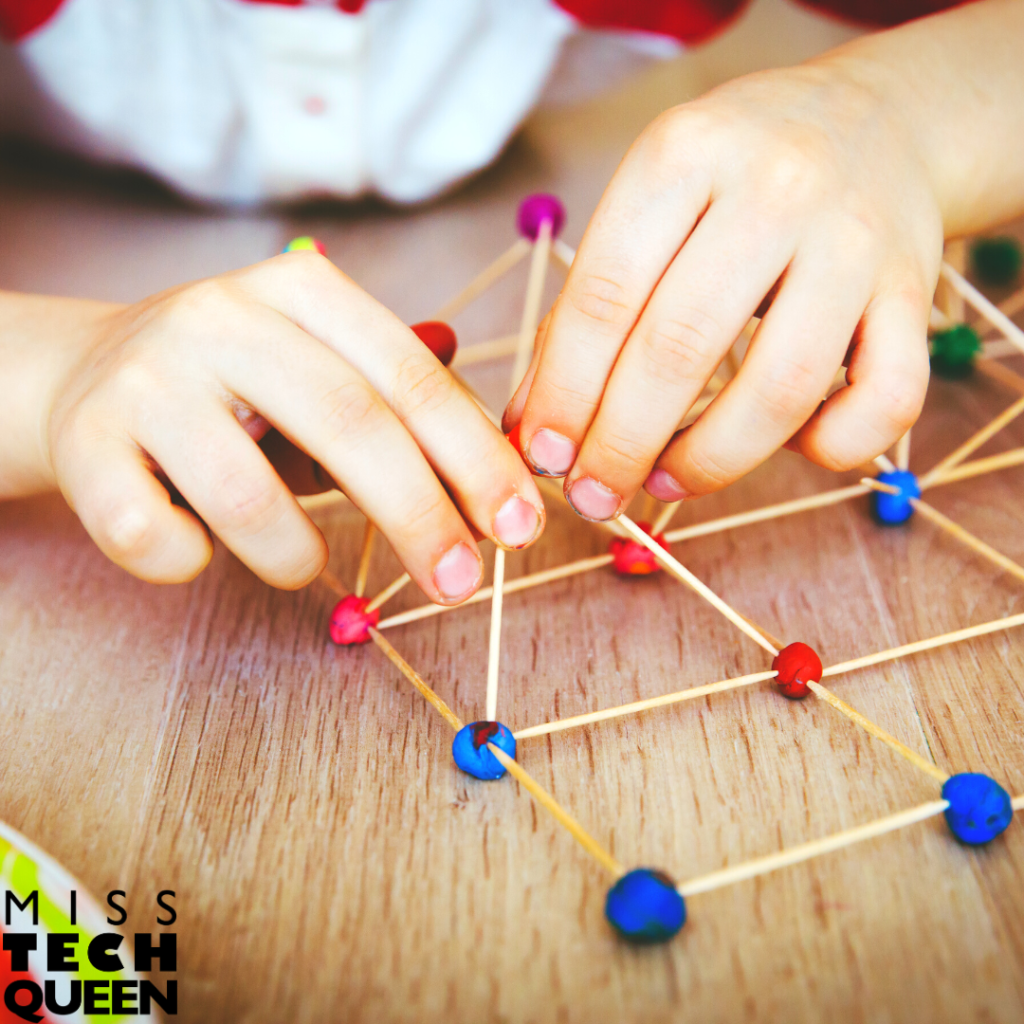
One of my favorite things about STEM is it doesn’t have to be confined to a single subject. Look for opportunities to integrate STEM principles into various subjects, such as incorporating technology in language arts or exploring the science behind historical events. By connecting STEM concepts with other subjects, you can enhance cross-disciplinary learning and make it more relevant to students’ lives.
You can also bring the real world into your classroom by using real-world examples and applications of STEM concepts. Connect classroom learning to everyday life and show students how STEM is relevant and applicable to their lives. Field trips, guest speakers, and hands-on activities provide authentic experiences that inspire curiosity and engagement.
My Favorite Materials for STEM in the Classroom
Now that we know what STEM in the classroom is, it’s time to think about the materials you can use to implement successful STEM activities. This is where some creative thinking can go a long way! You don’t have to go out and buy a ton of materials. Most of what you will need is already at your school or super easy to find at your local discount store. Or, consider asking parents for donations of recyclable materials.
Craft Supplies
Craft supplies like glue, tape, scissors, and markers may seem basic, but they are essential for prototyping, designing, and creating models in STEM challenges. These materials enable students to express their creativity, refine their ideas, and build their designs. Encourage students to combine craft supplies with other materials to bring their STEM projects to life.
Building Blocks and Construction Sets
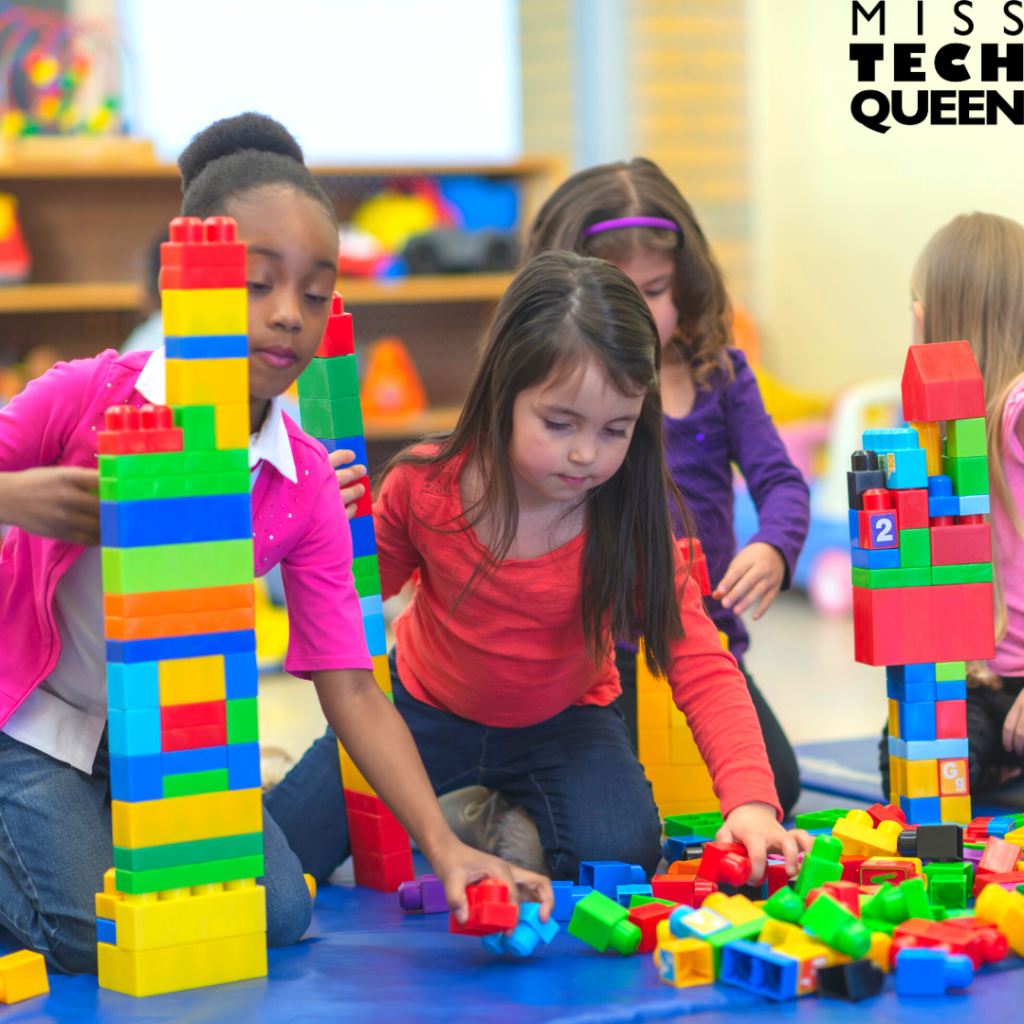
Building blocks and construction sets, such as LEGO bricks, K’NEX, or magnetic tiles, are versatile materials that offer endless possibilities for STEM challenges. They promote spatial awareness, engineering principles, and creative problem-solving. From constructing bridges and towers to designing complex mechanisms, these materials allow students to transform abstract concepts into tangible structures.
Recyclable Materials for STEM in the Classroom
Don’t overlook the potential of everyday recyclable materials for STEM challenges. Cardboard tubes, plastic bottles, bottle caps, popsicle sticks, and rubber bands can be repurposed creatively to construct prototypes, create simple machines, or solve engineering problems. Encourage students to think critically and find innovative solutions using readily available materials, promoting sustainability and resourcefulness in their designs.
For even more must-have STEM material ideas check out my 10 Must-Have STEM Classroom Supplies post!
How to Organize STEM Materials in the Classroom
Creating an organized and efficient classroom environment is crucial for effective teaching and learning, especially in STEM education. Being able to quickly find and grab what you need when preparing a STEM activity will help you save time. One of the easiest ways I have found to help organize materials for STEM in the classroom is by utilizing storage bins. Here are some practical tips and strategies I use that will help you keep your materials easily accessible, promote student independence, and foster a dynamic learning environment.
Assess Your Needs
Before diving into organizing your classroom with storage bins, take some time to assess your needs. Consider the types of STEM activities you plan to implement and the specific materials required for each. Make a list of the various categories of materials you have or plan to acquire, such as robotics kits, building blocks, circuit components, or science experiment supplies. Understanding your requirements will guide you in selecting the appropriate storage bins and organizing systems.
Choose the Right Storage Bins for your STEM Activities
Invest in a variety of storage bins that suit the size and nature of your materials. Opt for transparent bins to quickly identify the contents without opening them.
Consider using bins with compartments or dividers for small items like screws, wires, or craft supplies like popsicle sticks. Stackable bins are also useful for maximizing space utilization. Prioritize durability and invest in high-quality bins that can withstand frequent use.
Labeling and Categorizing
Efficient organization begins with clear labeling and categorization. Use large, easy-to-read labels on each bin to indicate its contents. Consider color-coding systems based on subject area, grade level, or activity type. For instance, assign blue bins for physics-related materials and red bins for biology-related materials. Ensure that the labels are placed on the front of the bins for easy visibility and accessibility.
Check out this Organizing Your STEM Classroom With 5 Easy Tips for even more helpful ways to organize STEM supplies.
3 Easy STEM Challenges You Can Try Today!
Now that you know what STEM is all about, what types of materials you will need, and how to organize your materials, it’s time to jump into some fun and easy STEM challenges your students will love. Here are some of my favorites!
1. How to Code a Sandcastle Unplugged Coding Activity
This is a great activity to try with your students if you are new to using STEM in the classroom! It doesn’t require any special equipment and can be completed by students independently, in teams, or even in small groups.
I love to pair my STEM activities with books, so when I found the book How to Code a Sandcastle by Josh Funk, I knew I had found an instant addition to my classroom library and STEM resources!
After reading this incredible book, my students use printable worksheets to illustrate the steps necessary to complete a code for building a sand castle.
The goal of the Code a Sandcastle activity is for students to understand how to create an algorithm and give specific directions on how to complete an activity.
This hands-on activity is a great way to teach students how to program and code without using a device. That’s why it’s one of my favorite ways to introduce coding in my STEM classroom.
This Coding Unplugged: Code a Sandcastle is available now in the Miss Tech Queen TPT store!
2. Apple Stack Balance and Math Challenge
This is the perfect classroom STEM activity to help your students practice their creativity, math, and fine motor skills. By using simple materials like cups, linking cubes, wooden planks, and interlocking blocks, students will create a tower to hold as many apples as possible.
This STEM challenge also pairs perfectly with a book! I read the book Ten Apples Up On Top! by Theo LeSieg before any building begins.

Your students will work together to build a tower to hold the most apples. Using a selection of easy-to-find materials like paper cups, pom poms, popsicle sticks, plastic apples, and wooden blocks, students will design and build their structures.
With 15 minutes for building and about 10 minutes for completing a response sheet, this is an easy STEM challenge students can complete in one class period.
This is also a great activity to do as a center, small group, or whole group activity. For extra fun, ask students to work in teams. My students always love working collaboratively to complete their towers.
This super fun fall STEM challenge is included in the Fall Simple STEM Bundle which is available now in the Miss Tech Queen TPT store.
3. Digital STEM Lego Building
Looking for a way to build collaboration and use digital resources as you start your new STEM adventure?

I have a whole line of digital team-building activities that are perfect for that! No matter the grade level, these digital brick building activities are the perfect way to get your students working together as a team to complete a challenge.
One of the best things about digital building activities is they come with 10 basic tasks and 10 advanced tasks. This means you will be able to easily differentiate based on specific groups or grade levels.
I can tell you from experience, this Digital STEM Lego Building activity is a perfect no-mess option. That makes it perfect for a classroom center, an early finisher activity, or even last-minute sub plans in your STEM classroom.
You can grab this Team Building Digital STEM Activity in the Miss Tech Queen Store today!
Additional STEM Resources
If you’re new to teaching STEM or just looking for fun and meaningful ways to introduce it to your kids, my Let’s Explore STEM picture book and activity workbook are here to make your life easier! These two resources are designed to work together. They give you a solid starting point for exploring Science, Technology, Engineering, and Math with your learners at home or in the classroom.
The Let’s Explore STEM picture book perfectly introduces STEM concepts. It follows Natalie on an engaging adventure through the world of STEM, exploring topics like building bridges and understanding space in a way that’s fun and accessible. The rhyming text, colorful illustrations, and relatable storyline make it easy to grab your kids’ attention and spark their curiosity. Plus, the discussion questions, vocabulary tips, and simple STEM challenges at the end of the book provide a ready-made way to extend the learning without feeling overwhelmed.
The Let’s Explore STEM Activity Workbook is a game-changer, especially for new STEM teachers who might feel unsure about planning hands-on lessons. With 30 exciting challenges that follow the Engineering Design Process, this workbook is ready to go. You’ll find two seasonal activities for each month, plus six bonus challenges, all using simple materials you probably already have. It’s perfect for helping your kids brainstorm, design, build, test, and refine their ideas, making STEM both fun and approachable. Your kids can write, sketch, and reflect directly in the workbook, so everything stays organized and easy to manage.
A Whole Year of STEM Activities
I hope that all of the tips and ideas you’ve read have you excited about STEM in the classroom! But if you find yourself saying “Yes, but I want more” then keep reading. I’ve got the best resources for you in the STEM For a Year Club! It is everything you will need for a year’s worth of STEM in the classroom. The simple STEM challenges are easy to set up. They use minimal to no copying and can be differentiated for grades Pre-K through 4th. Also, they promote creativity, and can even be paired with engaging read-aloud stories to incorporate literacy.
I know you and your students will love this full year of STEM activities. Make sure to grab this incredible STEM For a Year Club Bundle today!
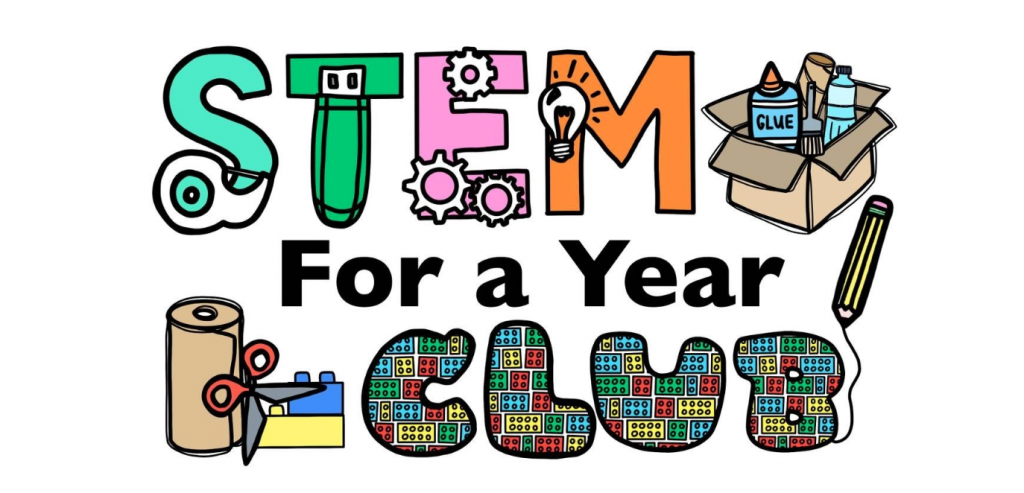
Save these STEM in the Classroom Tips and Ideas
Ready to start using STEM in the classroom? Pin these ideas to your favorite STEM Pinterest board to get started today!

Share it:
- Read more about: Makerspace, STEM, Technology Tips, Tips for Teachers

